The Country Life guide to Bali: What to see, where to stay and what to eat
Bali’s popular dry season is upon us — April to October — and this year, the Indonesian island’s popularity looks set to soar. Here’s our guide to what to do, where to stay and what to eat.
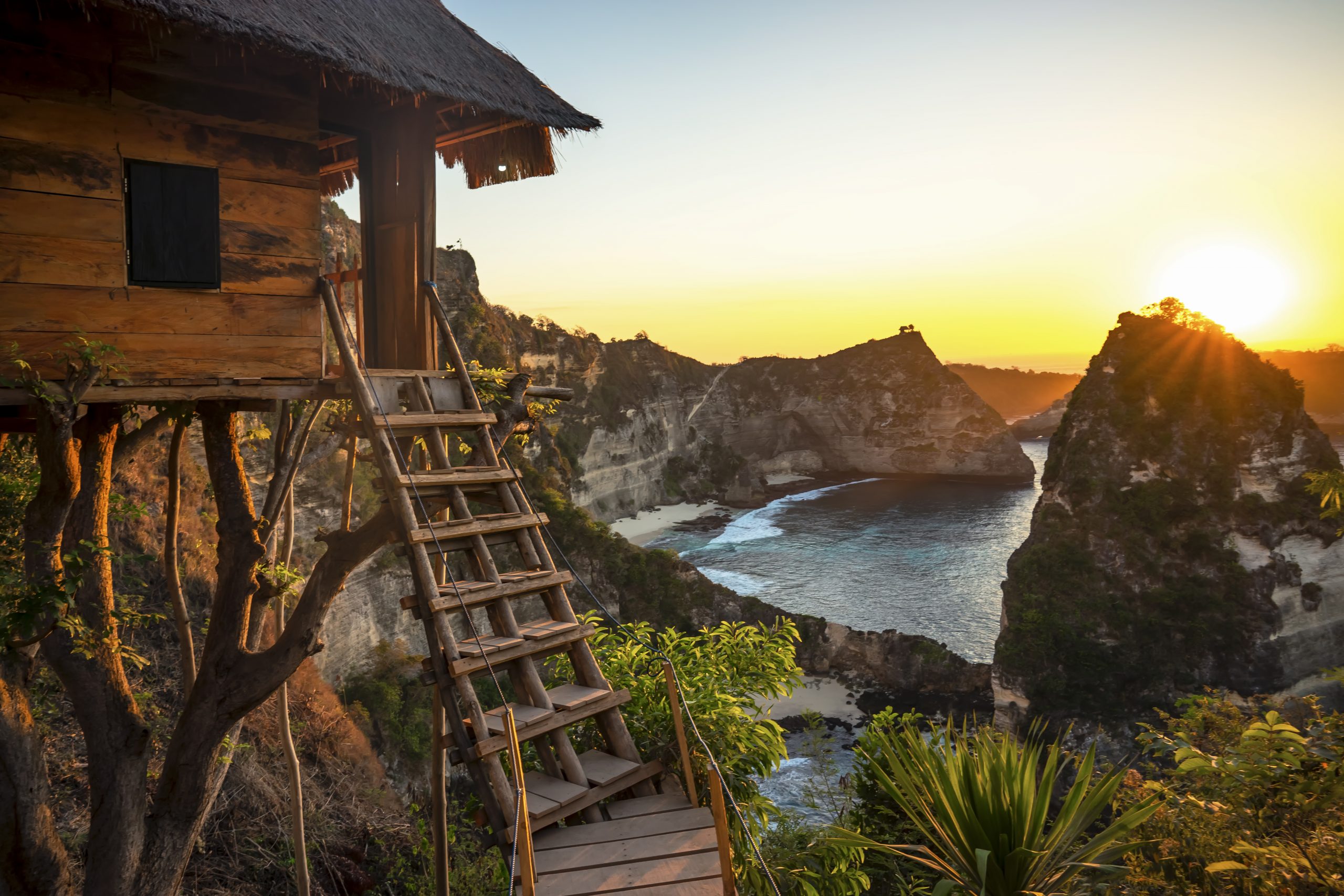
The most visited of the Indonesian islands and heavily dependent on tourism, Bali was severely battered by the pandemic and didn’t open her borders until late 2021. In fact, this year marks the first year that visitors have been able to travel, relatively uninterrupted since 2019.
On one hand there are the ubiquitous temples, healing rituals, skilled artists and enduring cultural traditions; on the other there are cosmopolitan restaurants, sumptuous hotels and sandy beaches.
Bali seems to have it all, a treasure trove of sustenance — both spiritual and physical — for the hungry traveller.
The downside is the inevitable crowds at all the major sites. If you can’t face these, a good alternative is a bespoke tour (arranged on request by several of the major hotels, including those listed below) to local spots that the average tourist cannot access.
What to do in Bali
Artisan villages
The region south-east of Ubud is home to contiguous villages that are home to communities of wood-carvers (Mas), stone-carvers (Batubalan), silversmiths (Celuk) and batik makers (Supratman) — where you can see artists at work and learn about their craft. In Mas, for example, the 2,000-odd villagers are all somehow involved in carving, sanding or polishing wood, with children beginning training around the age of six. Work is of very high quality, and bargaining is de rigueur.
Jatiluwih: Bali's incredible paddy fields
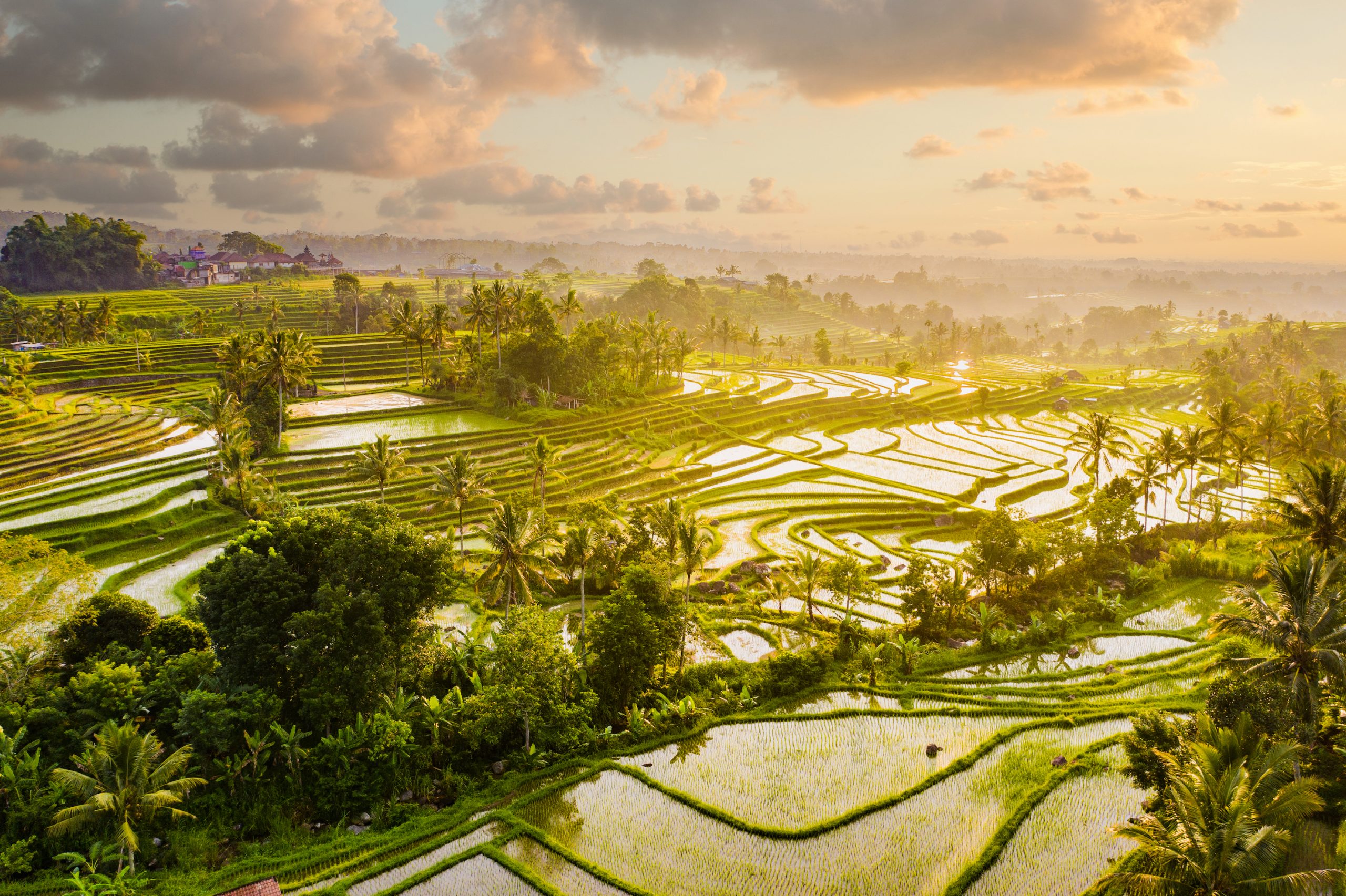
This UNESCO-listed region has been growing rice since the 11th Century, using the ancient subak irrigation system, whereby an appointed water chief for each area ensures that every farm receives water – diverted by stones and distributed through bamboo pipes. You can see the subak system in action by taking one of the hiking trails that have been opened through 8,000 acres of brilliant, shimmering green rice paddies, dotted with shrines and temples, where ceremonies of thanks are regularly made to Dewi Sri, the rice goddess.
The best temples in Bali
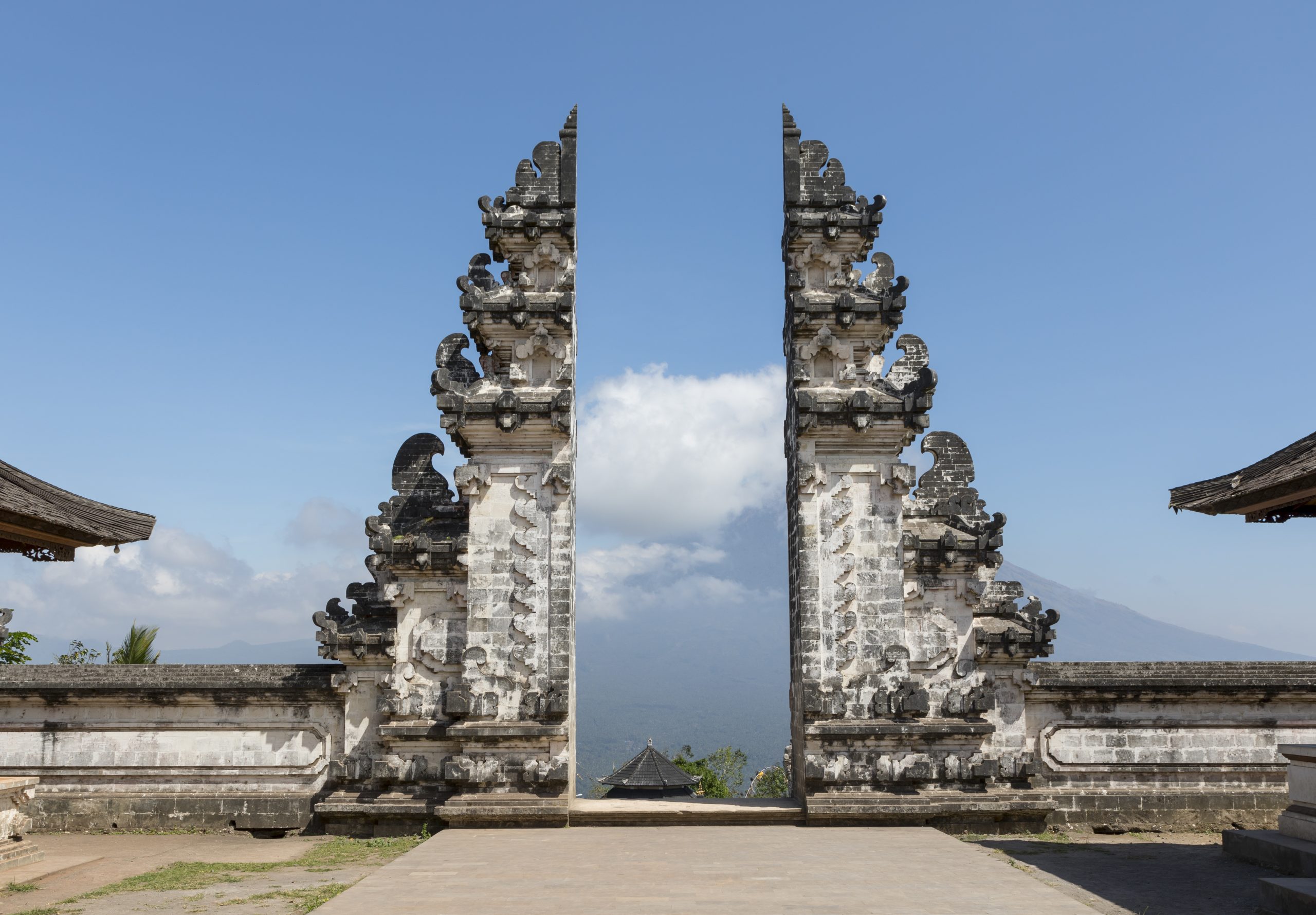
Every home in Bali has its own temple and daily rituals, and every village has at least two temples. Some, such as Batuan Temple with its bas-relief sandstone carvings, are justly famed — perhaps none more so than the spectacular Lampuyang Temple in the east, one of a complex of seven temples. Most people stop at the first of these, Pura Penataran Agung, notable for its towering Heaven’s Gate (above) and triple, Naga-guarded, stairways leading to the middle sanctum. Worshippers carrying their sacrificial offerings battle resignedly past tourists posing for selfies on the steep steps, but a serious uphill hike will reward you with Lampuyang itself, quieter, and close to 4,000ft above the sea.
Sign up for the Country Life Newsletter
Exquisite houses, the beauty of Nature, and how to get the most from your life, straight to your inbox.
One not to miss: A water purification ceremony with Ida Resi
The village of Tangahan is home to Ida Resi, a High Priestess renowned for her purification ceremonies, complete with Sanskrit and Kawi (old Javanese) chanting. It is an authentic ceremony, not for the faint-hearted — many report a deeply cathartic and healing experience. Expect to be comprehensively doused.
Surfing on the beaches of Bali
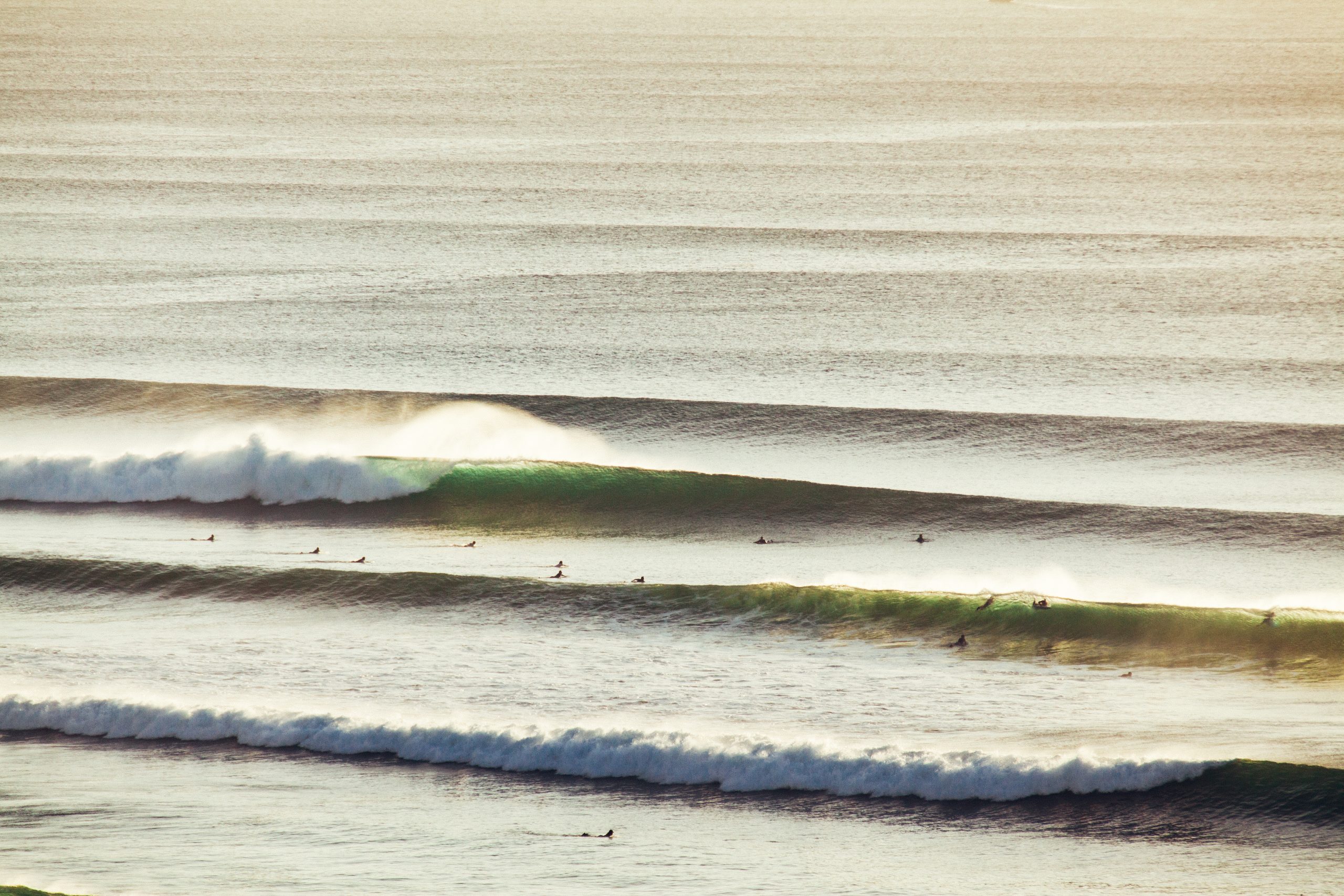
Bali is a world-renowned surf destination with multiple famous breaks. Beginner's should start at Kuta Beach. It's the island's original surf spot, full of surf schools and party-goers which means that it can get a bit hectic — but it's gentle breaks make it an obvious starting point. Intermediate surfers should make for Impossibles (above), Racetracks and Medewi — all long, left-hand waves.
Experts have their pick of the pack, from Padang Padang, sometimes referred to as the Balinese Pipline (inspired by Pipeline in Hawaii, generally considered to be one of the best waves in the world), to Bombie in Uluwatu, a proper big wave surfing experience. Competent surfers might prefer to travel in the off-season when there's more swell.
Where to stay in Bali
Four Seasons at Jimbaran Bay

Jimbaran Bay
The stress of any long flight evaporates as soon as you set foot in this heavenly resort — to be met, perhaps, with a fire blessing conducted by the resident priest. Set above the waters of the Indian Ocean in the country’s south, 83 gardeners tend this 35-acre, tiered property which a fleet of buggies help you to negotiate.
Within, traditional villas of volcanic stone and thatch are dotted, like a Balinese village, amid palm and frangipani trees, livid bougainvillaea and hibiscus. The Ocean Front villas are divine — restful in teak and natural fabrics, with large open decks, generous pools, and covered outdoor seating — and cleverly arranged to ensure total privacy.
There are four restaurants to choose from, all delicious — from breakfasts packed with both Asian and Western choices, and a to-die-for bakery, to the freshest local fish and cosy Indonesian restaurant. There’s also a private strip of sandy beach, a new spa — which offers a huge range of pampering treatments and — and classes in everything from wood-carving to martial arts. Rooms from £732 a night
Nirjhara, Tabanan
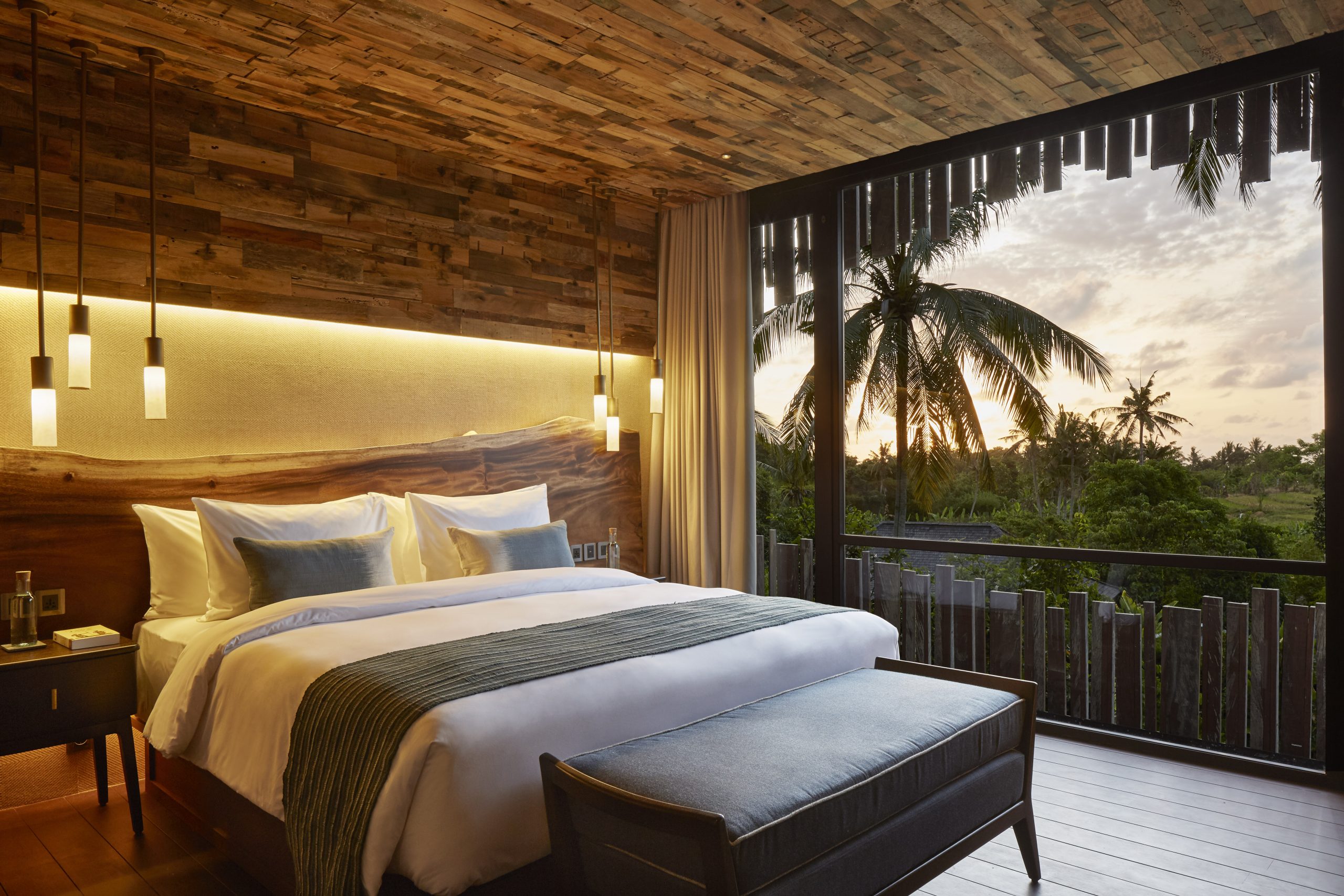
Reached via a tunnel of bamboo, this small, 25-room boutique hotel opened in 2020 in a remote spot in western Bali, amid rice paddies and exotic vegetation, home to white cockatoos. Named after the waterfall it overlooks, it’s within easy reach of the ocean and Hindu temple of Tanah Lot. It’s decidedly modern, from the contemporary wooden sculptures to the watery cascade that tumbles down several levels into the saltwater swimming pool.
Overlooking the cascade feature, inside a wooden pavilion, you’ll find the hotel’s bar and restaurant, which serves up a mixture of Balinese, Vietnamese and Italian dishes. Rooms come clad in wood, stone and rattan. Some have swimming pools, others walled gardens and a few private decking above the riverbed.
Make sure to explore the surrounding villages by bicycle before retreating back to the hotel’s spa, impressive library, small cinema room or bamboo yoga shala. Rooms from £265 a night
Four Seasons at Sayan
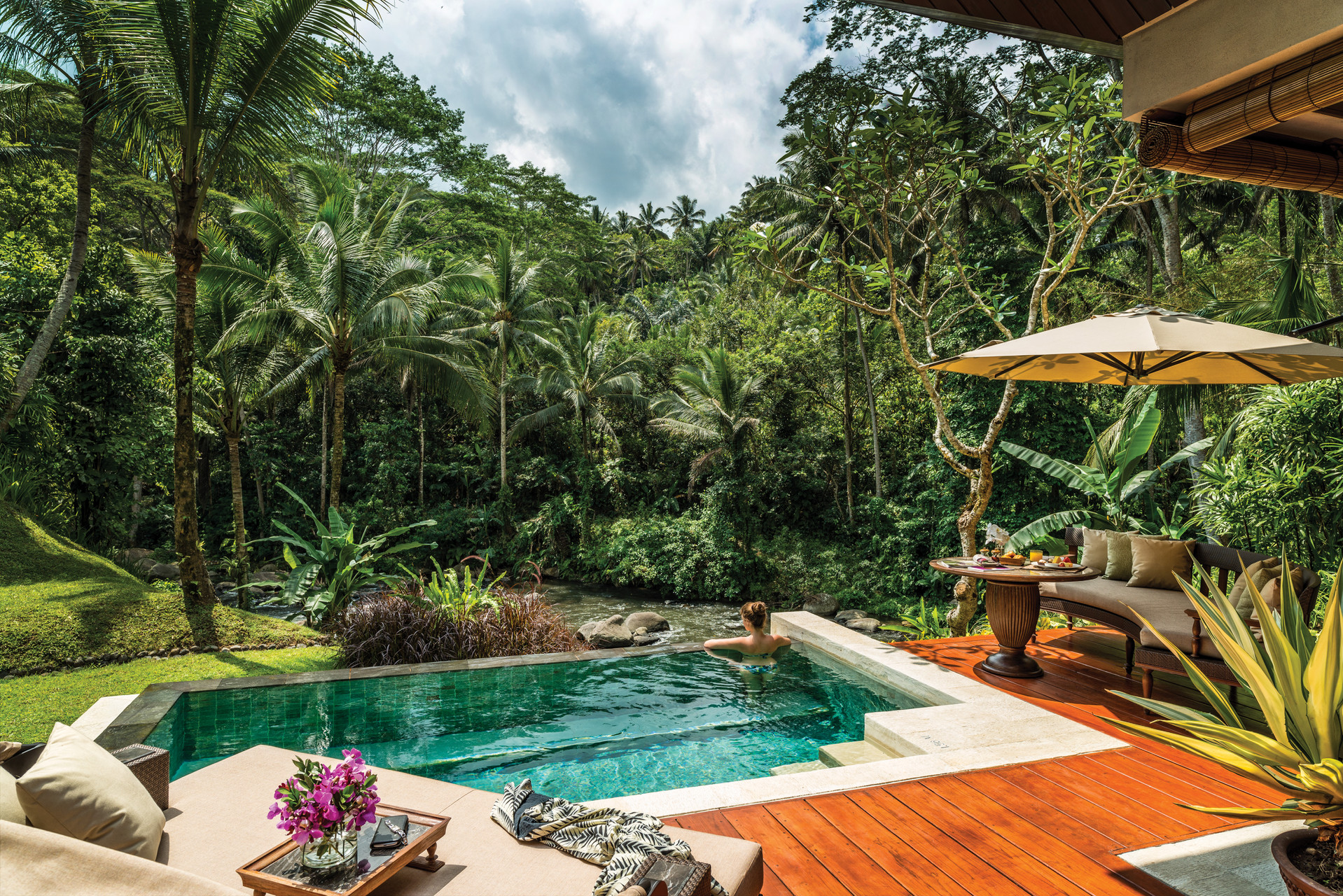
It is hard to believe that this 60-suite and villa hotel, with jaw-droppingly impressive architecture, celebrated its 25th anniversary last year. Set amid the verdant jungle scenery of central Bali, above the rushing Ayung River, this sweeping structure of curves and open walls that you descend into brings to mind a spaceship. The inspiration, however, comes from the rice paddies that adjoin the property: entered via a long suspended walkway, the building represents a rice bowl and spoon, its four levels denotes the four mandalas.
Water features crop up everywhere, including lotus ponds, and a sense of Zen spirituality permeates the entire property—and nowhere more so than in the Sacred River Spa.
Inside the riverfront villas (above) there is total privacy; their interiors a textural interplay of wood, leather, stone and mother-of-pearl. Outside them, guests have their own deck, pool and seating area. Cocktails come with a side of gamelan orchestra and Balinese dancers; at Sokasi restaurant’s Chef’s Table experience, beneath a bamboo structure at Sokasi, seven courses culminate in a whole roast suckling pig. Sheer heaven! From from £1,011 a night
Where to eat
French-owned Indigo actually serves up world-class Japanese food which, pre-pandemic you had to book weeks in advance. Look out for raririties such as uni (sea urchin) New Style sashimi of salmon and tuna belly sushi, served with fried lotus root and truffle salt. If you’re struggling to choose it’s worth plumping for the generous set lunch menu — a little bit of everything for just £15.
Bali Asli means ‘authentic Bali’ and this gorgeous restaurant in remote eastern Bali more than lives up to its name — huddled in amongst the rice paddies and farms, from which much of its produce is sourced.
The menu is hand-written on a lontar, a type of palm leaf also used for religious text manuscripts, and features six dishes that change daily. Think fern tips with jackfruit, red beans and coconut, tilapia in banana leaf with coconut curd, and grilled chicken with shallots, chilli and coconut oil.
Open for lunch and afternoon tea.
A popular and relaxed brasserie-style restaurant which turns out a medley of cuisines, predominantly inspired by Asian street food (snapper curry and crispy pork hock with tamariloo). The setting is cool too, industrial meets Mao’s parlour, with plenty of dark wood, bare brick and vintage photography. A vast painting of a Viatnamese woman dominates the space.
How to get to Bali
Singapore Air offers return fares between London and Denpasar from £819.
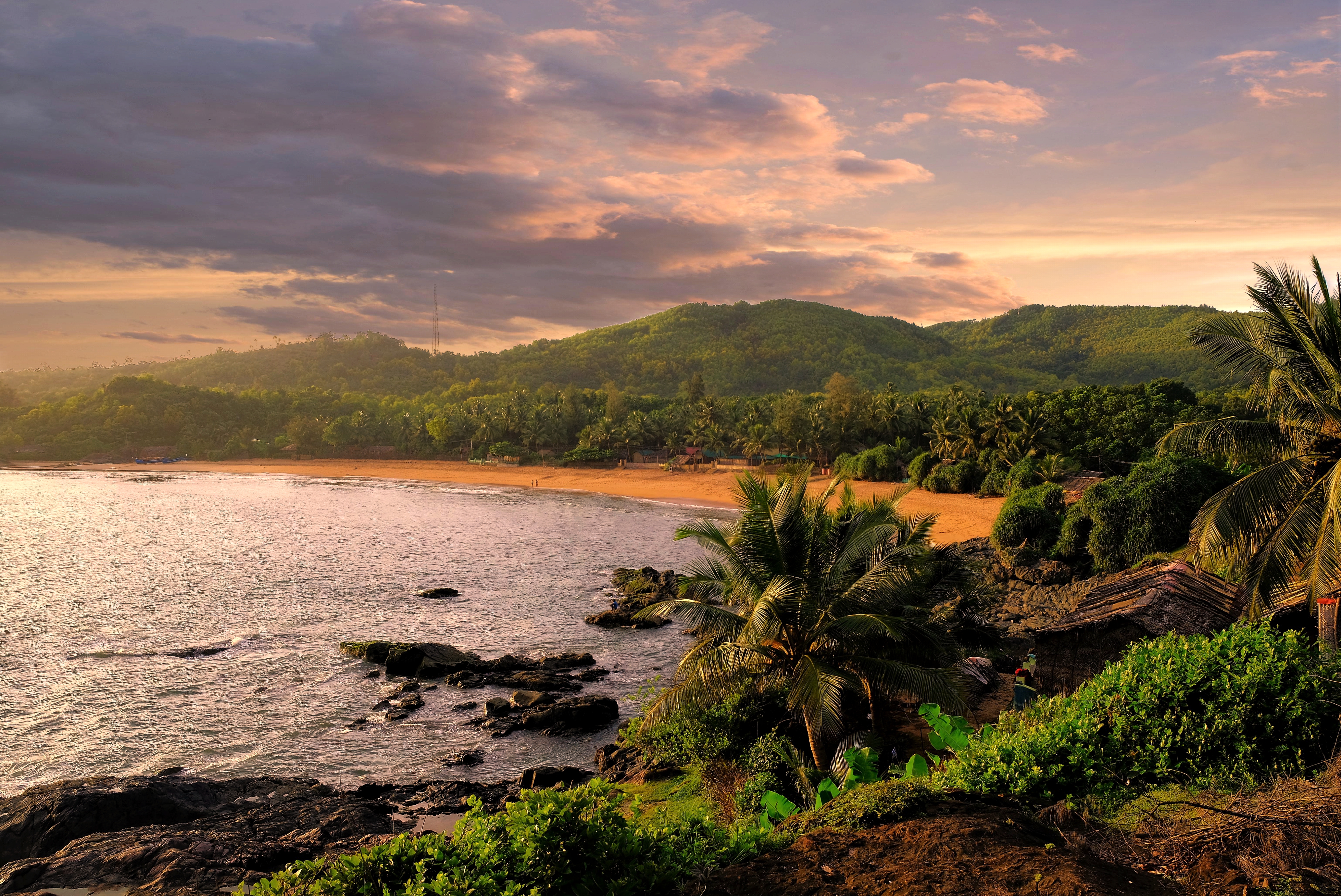
Kudle beach, Gokarna
Gokarna: A trip to India's new Goa, an unspoilt town that's a 'kaleidoscope of colour' with diamond-white beaches and azure seas
The Indian town of Gokarna is winning a reputation as the 'New Goa', a little-known alternative that's surrounded by temples

Credit: Getty - log re-use
Six of the best city festivals around the world – and six amazing homes where residents are at the heart of the action
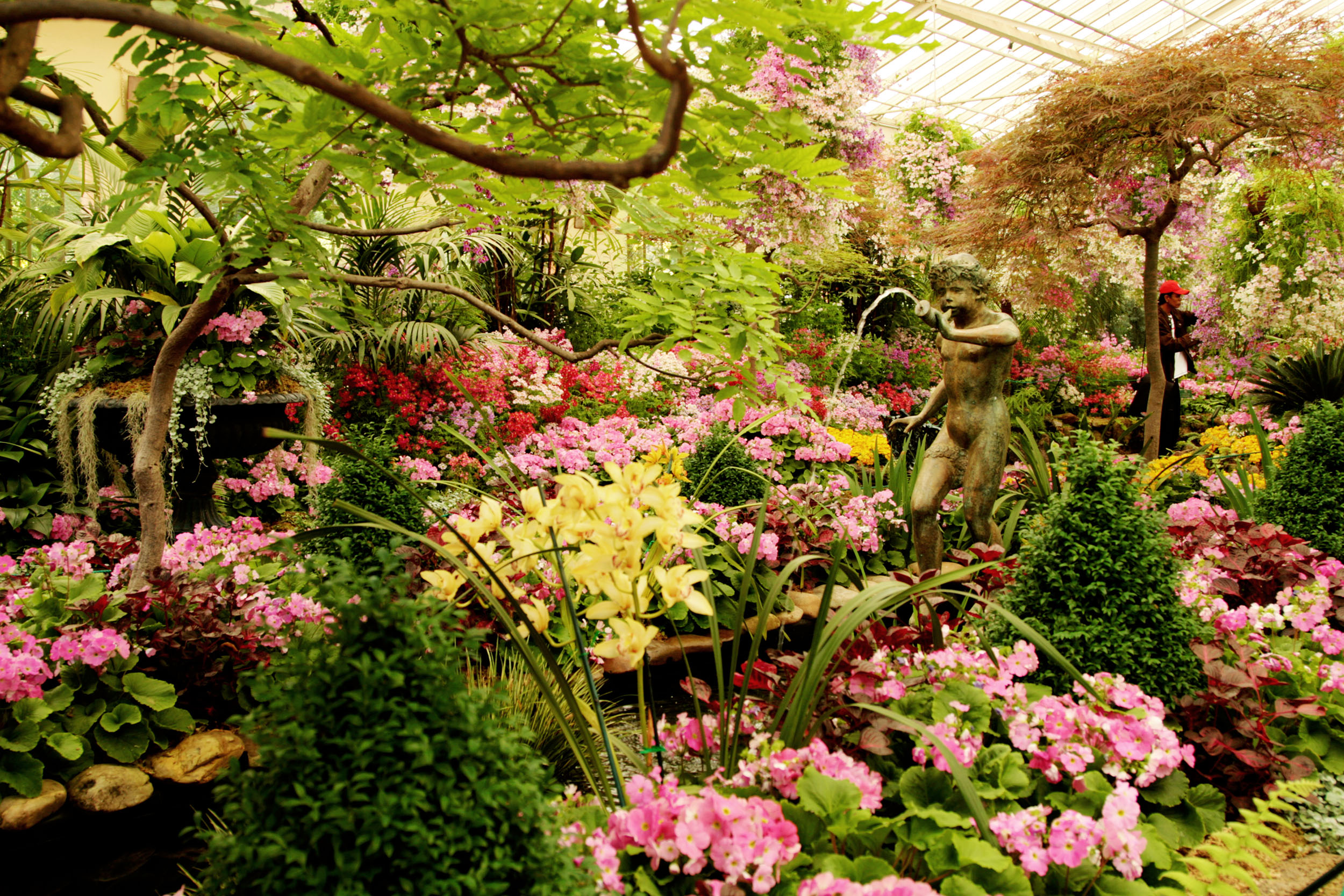
Credit: Moment Editorial/Getty
Alan Titchmarsh: Why I've decided that life's too short to keep growing the same old things in my greenhouse
Alan Titchmarsh's greenhouse has become a bit predictable – but he's now got big plans to mix things up.
-
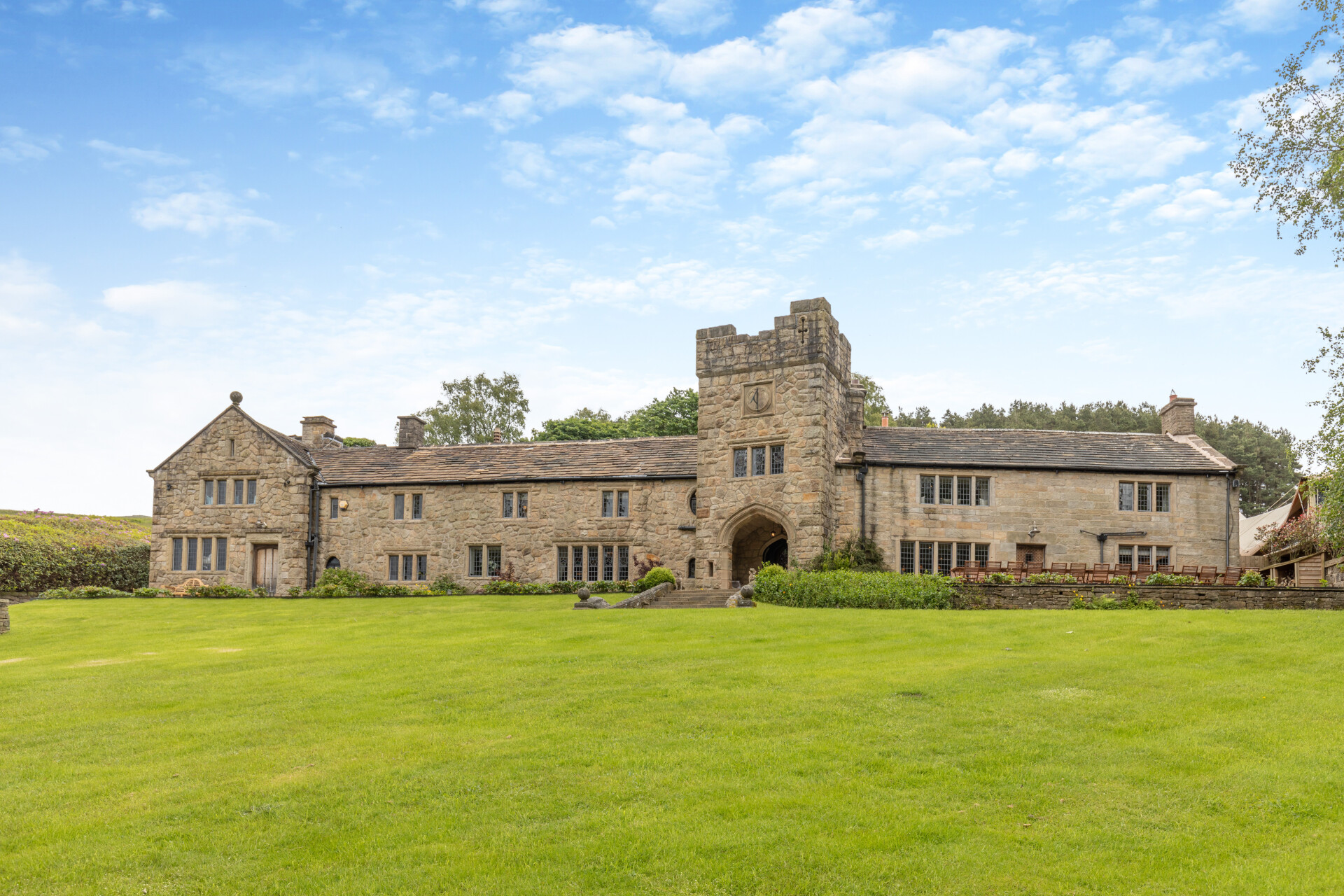 Some of the finest landscapes in the North of England with a 12-bedroom home attached
Some of the finest landscapes in the North of England with a 12-bedroom home attachedUpper House in Derbyshire shows why the Kinder landscape was worth fighting for.
By James Fisher
-
 The Great Gatsby, pugs and the Mitford sisters: Country Life Quiz of the Day, April 16, 2025
The Great Gatsby, pugs and the Mitford sisters: Country Life Quiz of the Day, April 16, 2025Wednesday's quiz tests your knowledge on literature, National Parks and weird body parts.
By Rosie Paterson